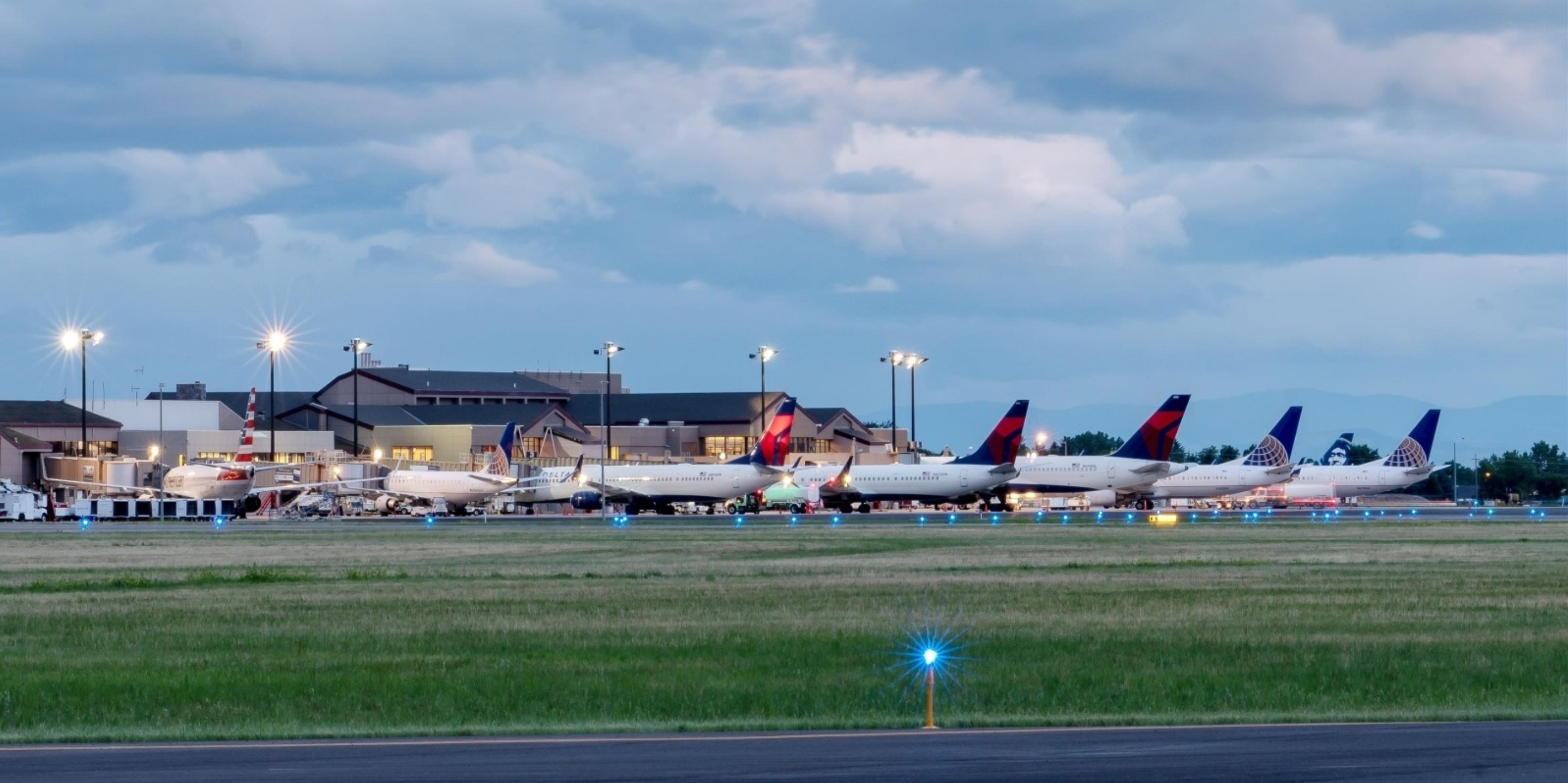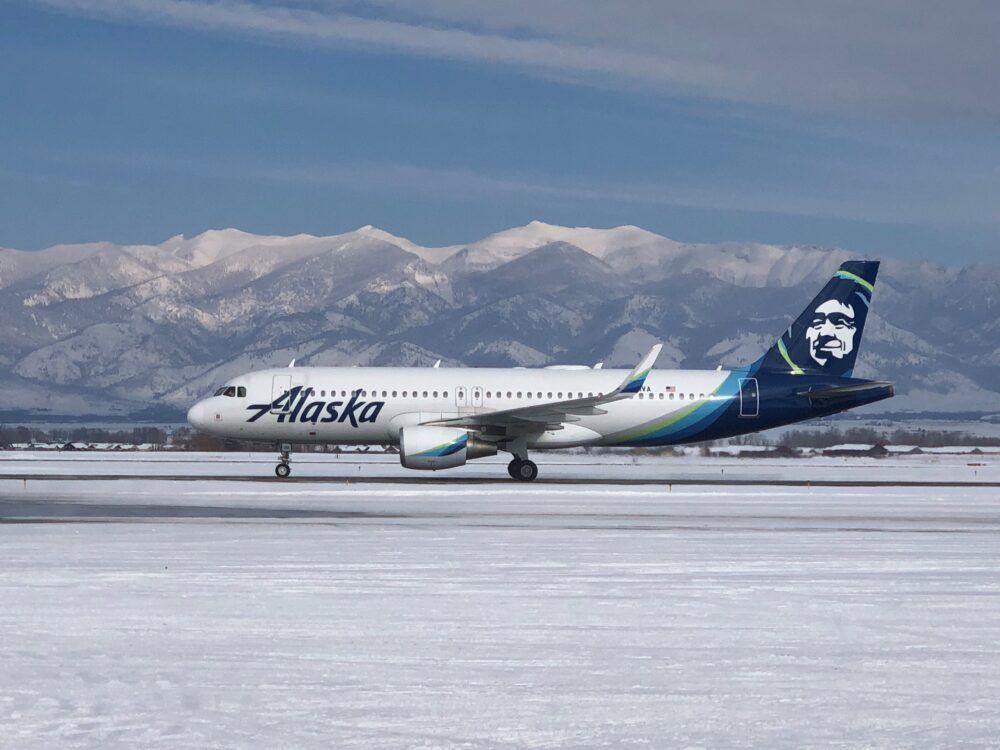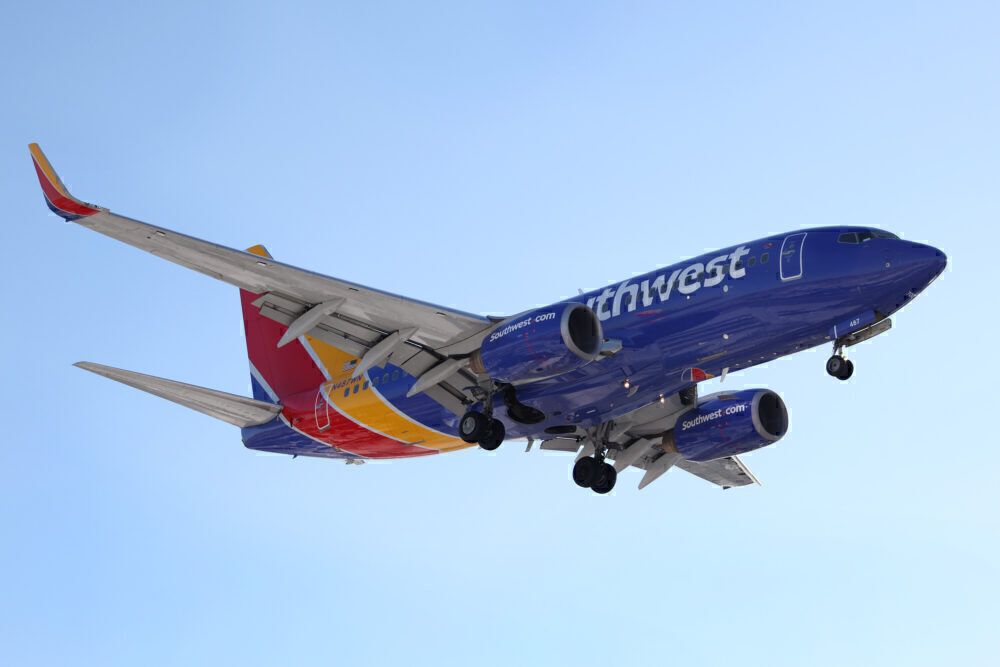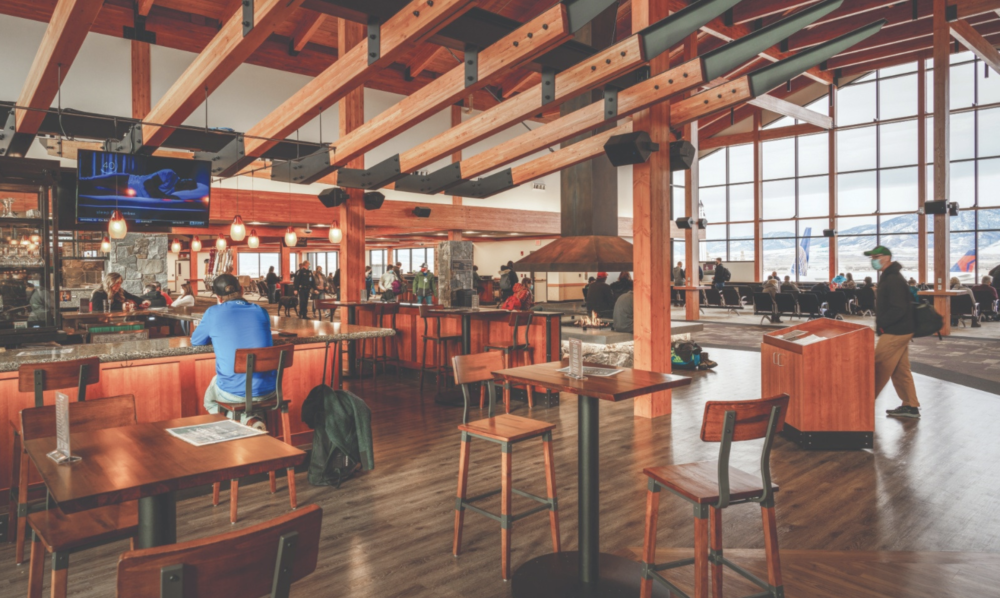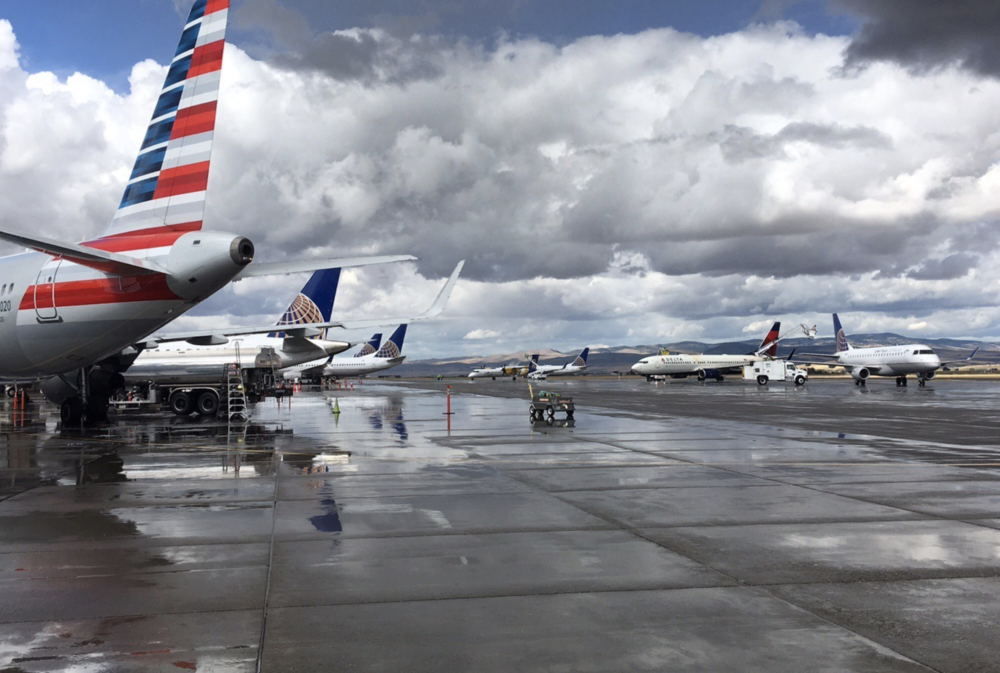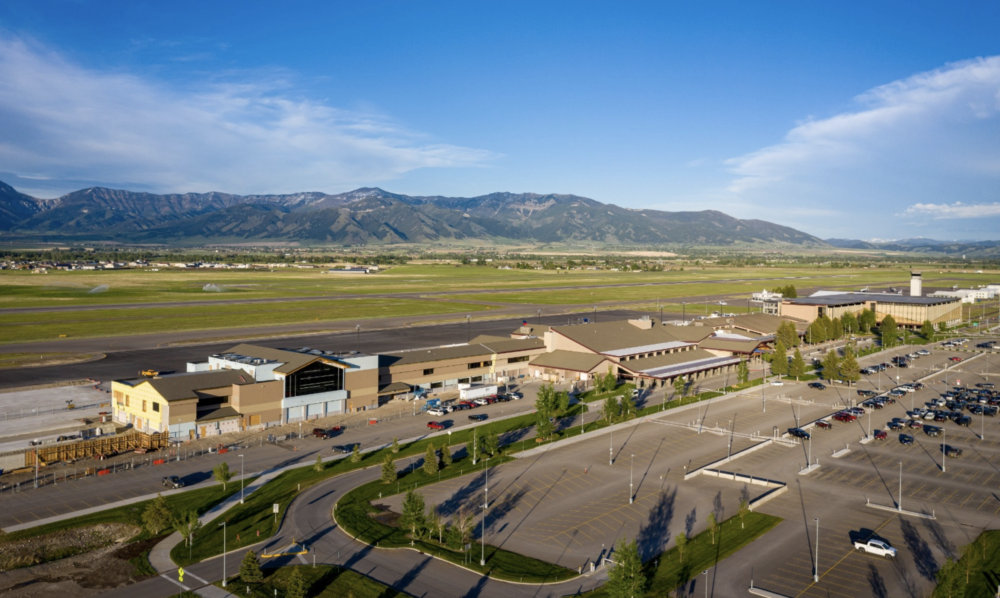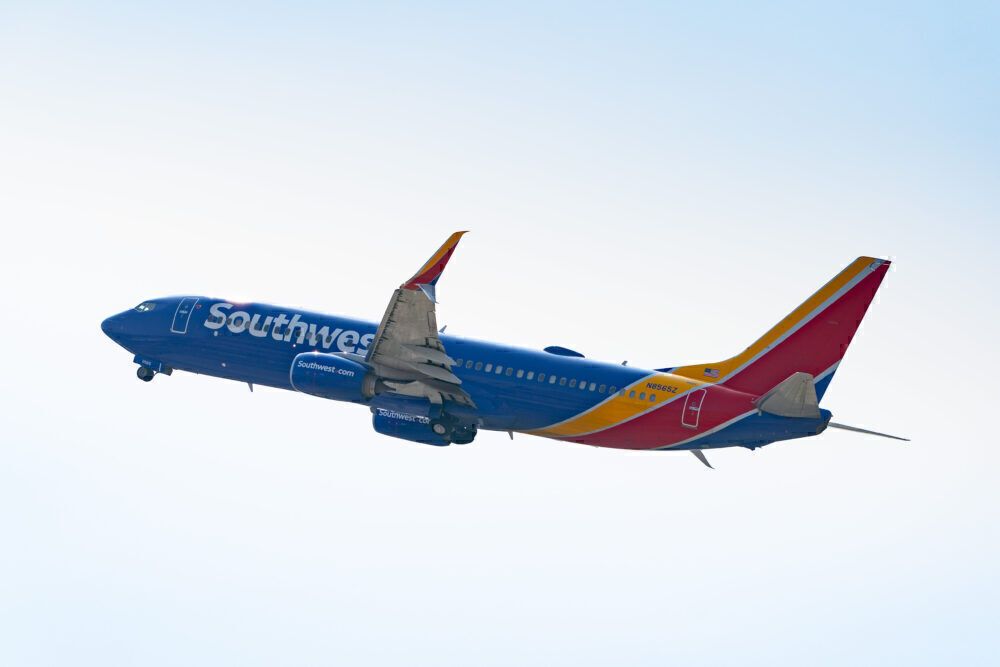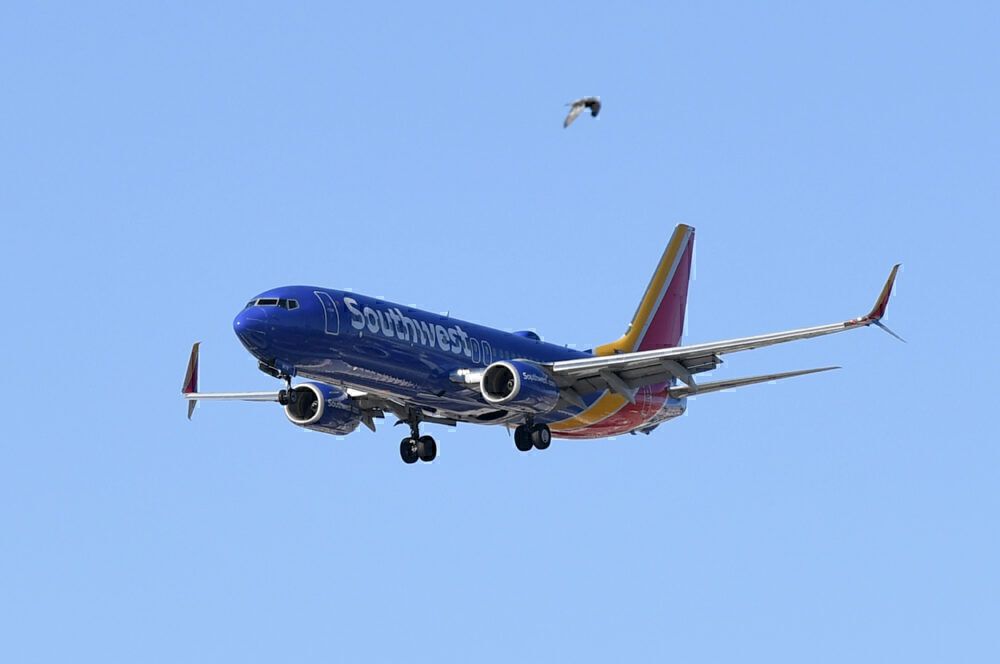Bozeman Yellowstone International Airport (BZN) is located in Montana. As its name states, the airports boasts its proximity to Yellowstone National Park and, thanks to the high demand for leisure travel to one of America's most famous national parks, the airport is the busiest in the state of Montana and ranked in the top 100 airports in the US last. Over the past few months, several airlines have announced new or expanded service, and even Southwest Airlines is finally coming to Bozeman this summer. For an inside look at the airport, Simple Flying spoke to Brian Sprenger, the Airport Director at BZN.
Recent growth at BZN
To preface the interview we did with Mr. Sprenger, it is important to recognize the sheer growth at Bozeman. For summer 2021, BZN is anticipating seeing service from nine airlines with nonstop service to 24 markets. This will be the most ever that Bozeman has seen.
In addition, the airport expects its available seats for May through October 2021 to increase a whopping 45% over the previous record set in 2019.
Expanded service since the start of the crisis has come from many different airlines. In early February, Allegiant announced it would be adding twice-weekly nonstop service during the summer season from Bozeman to three cities.
Alaska Airlines then upgauged flights between Bozeman and Seattle to mainline Airbus service after adding a new service to Los Angeles using an Embraer E175 at the end of 2020. A few days after Alaska's maiden mainline flight to Bozeman, American Airlines announced daily nonstop summer service between Bozeman and Phoenix.
Then, the big icing on the cake for summer 2021 came at the end of February, when Southwest Airlines announced new daily services from May 27th to Denver and Las Vegas, with up to six daily flights this summer out of Bozeman.
Putting some numbers to the growth
One of the biggest concerns that sometimes surrounds significant expansions of capacity and airline service at airports is whether the infrastructure is in place for the airport to handle all the arriving and departing passengers. However, Bozeman is prepared for this, as Mr. Sprenger stated:
"Fortunately, we actually were in a major construction project. Last year, we were in the process of opening up four additional gates. Prior to that construction we had eight gates and we now have 12 gates that we opened in November. We really got about a 50% increase in gate capacity."
At times, at airports, there is the mentality of "if you build it, they will come," meaning that if an airport expands its capacity, airlines will come in. For Bozeman, adding the new gates was a logical expansion thanks to the expanded service, and the new square footage should help the airport, especially in July.
In July, the airport is seeing seat numbers for its peak month to be 48% higher compared to July of 2019. With some of the best weather all year hitting the region and schools out for the summer, plenty of families and other leisure travelers flock to Yellowstone for an outdoor getaway.
However, the airport is not necessarily expecting to see passenger numbers up at the same rate as capacity will be up:
"What we also see is that while the available seats are up significantly, the load factor is pretty stubbornly in the 55 to 60% range. Whereas, normally we would see a load factor in the July timeframe at about 85%. So while we see an almost 50% increase in available seats. If that load factor remains, kind of remains is more in the current norm. We won't see a 50% increase in passengers but we will probably see a double digit increase in passengers compared to summer of 2019."
Recent developments have also been kind to BZN, according to Mr. Sprenger. In February, the airport saw passenger numbers of around 70% of the same month in 2020. Note that, in 2020, the airport saw passenger numbers up 20% compared to 2019, so that 70% number is already on significantly higher growth, or around 82% of the 2019 numbers, indicating the strength at Bozeman.
Stay informed: Sign up for our daily and weekly aviation news digests!
What about a post-crisis world?
Some recent chatter about some of this expansion domestically being only temporary and that tourist hotspots that saw dramatically increased services during the pandemic will recede in the future. Commenting on that, Mr. Sprenger struck an optimistic tone about whether Bozeman could lose some services:
"I think that's going to be more based on load factor. As load factor recovers to where it should be – the 80% range – that will more than likely mean that we'll probably see some equilibrium adjustments because an airline is right now, willing to accept a 60% load factor, they don't need the same level of service to achieve an 80% factor."
However, Mr. Sprenger believes that Bozeman will still be fine in the long-run for the following reason:
"What we have traditionally seen, is when we are exposed to new travelers, those travelers actually account for a higher percentage of our market on return trips . While there is certainly some truth that we will see more competition from international travel and more competition from markets that have been locked down, what we will also see is a number of people that had never been exposed to the Mountain West, like it, and they will return. They may not return to the same degree like they are right now, but what we would anticipate is that our growth will be more consistent with normal times."
Bozeman has calculated for this rationalization, but a decrease in destinations does not necessarily correlate to a decrease in passengers. Some airlines may pull flights later because they can fly them at a higher profit somewhere else, or they may pull them to funnel passengers through another hub and get the load factor on that flight up. Nevertheless, the airport anticipates passenger numbers will continue to increase.
Bringing Southwest to the market
One of the brightest spots in 2021 so far for Bozeman is that Southwest Airlines is finally coming to the airport. The new Southwest flights have been a long time coming:
"A couple of years ago, we started seeing interest with Southwest, where they started saying that they are considering markets like Bozeman. And, we actually thought that 2021 or 2022, we might be in that position, obviously pre-COVID, but we also knew we had to grow to a certain point to be viable for Southwest."
For Bozeman, that meant growing its status in the US to be in the top 100 in the nation. At the end of 2019, BZN ranked 108, according to Mr. Sprenger, in the country. By the end of the year in 2020, the airport got to 98.
The airport is keen on getting new services, but it also wants to focus on growth in the long-run rather than a short-term spike, and Southwest coming to the market reinforces that concept:
"I think that what it really says regarding our recruitment and efforts to attract airlines is we're in it for the long run. We want it for the best interest of the community and hopefully the airline as well, and that as we grow we can accommodate more competition and more seats. Having Southwest come into our market, five years ago with a level of service that they typically do, would have been too much into our market. Today, based upon the levels that we're seeing, even as we recover, now probably, 15 to 20% of the market is where Southwest will be, depending upon how they continue to grow here."
New travelers and airlines are good for the airport. According to Mr. Sprenger, over half of the passengers a new airline brings to Bozeman are passengers who have never been to Bozeman before. And, as stated earlier, as the airport sees additional services and new passengers arrive, there is a solid rate of return with those passengers coming back to visit Bozeman later.
In the long-run, Bozeman has something that most other destinations do not: a unique and vibrant national park that is a staple for leisure tourism in the US and a beacon for international visitors. And BZN is excited for what the future holds, as it becomes clear that there is demand for travel to and from the airport.
Have you flown to or from BZN? Do you like to visit Bozeman or Yellowstone National Park? Let us know in the comments!

